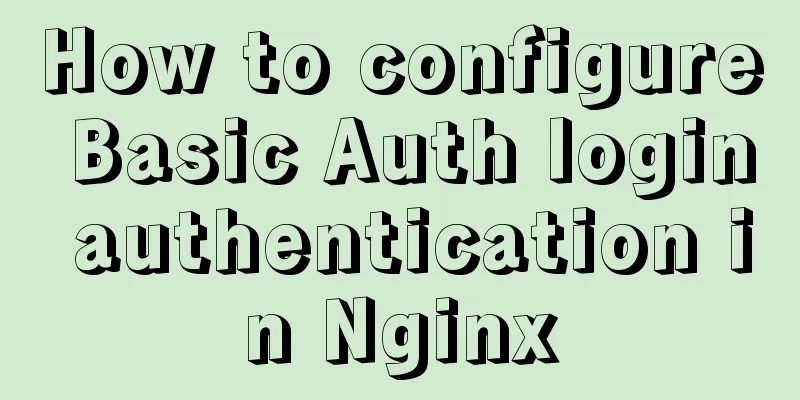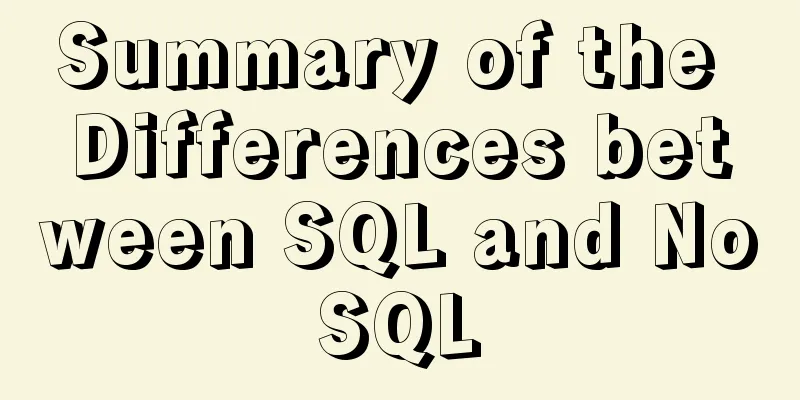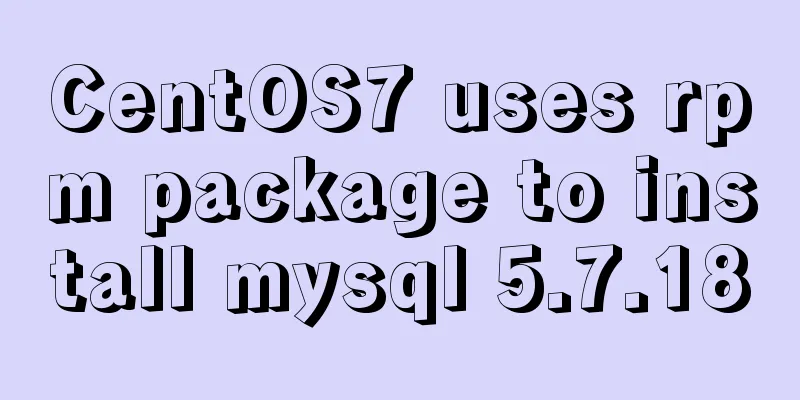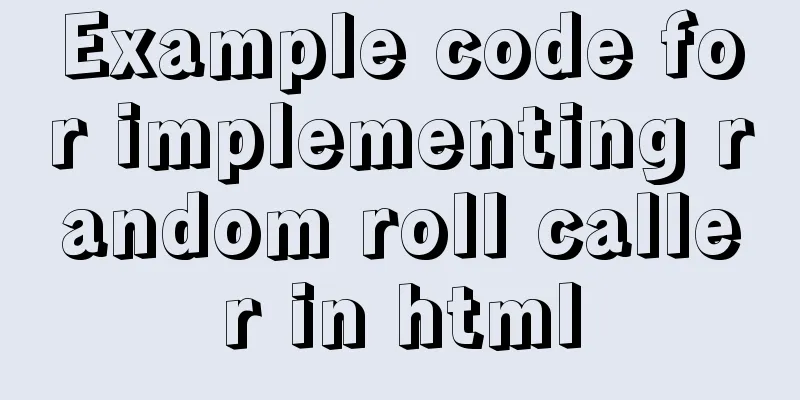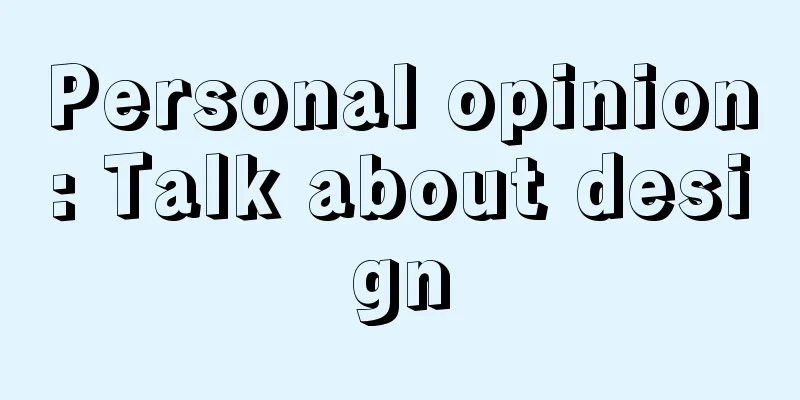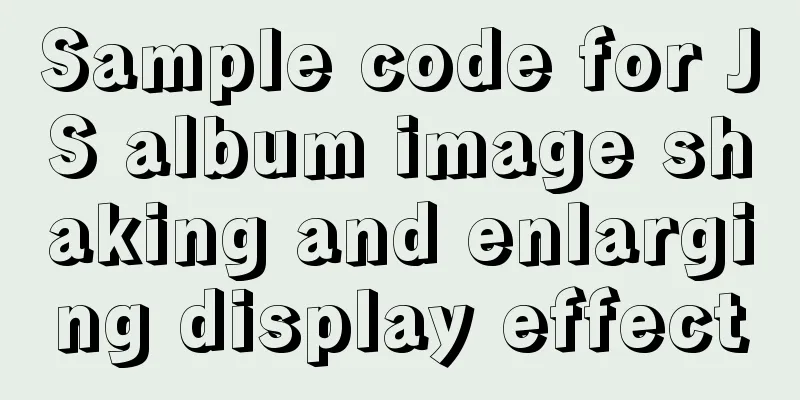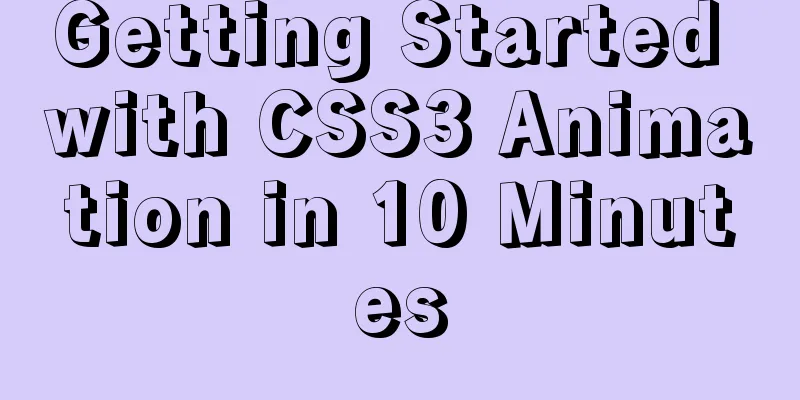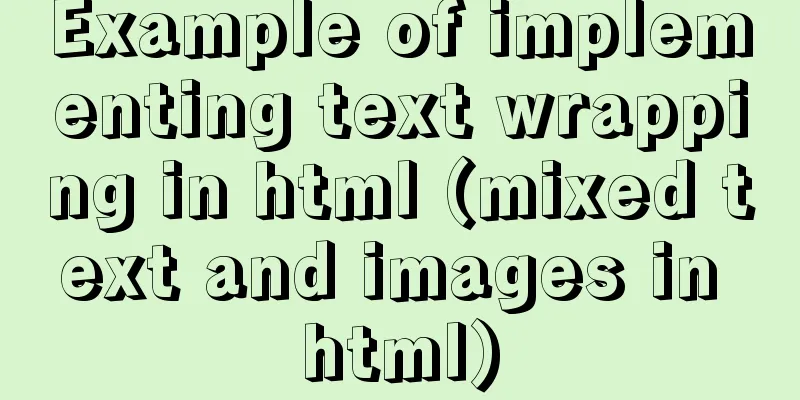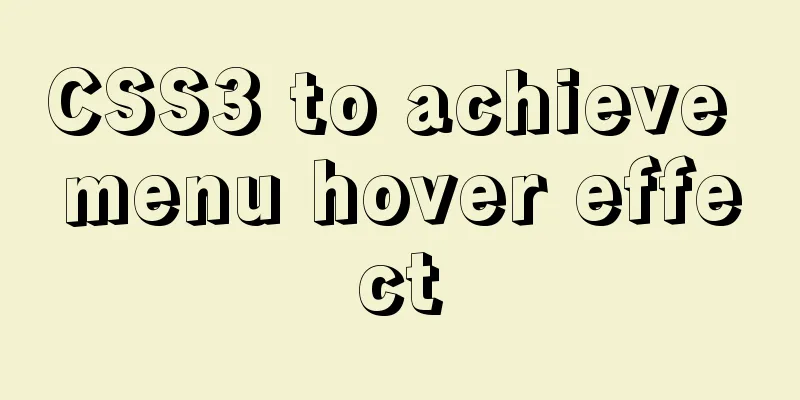14 Ways to Create Website Content That Engages Your Visitors
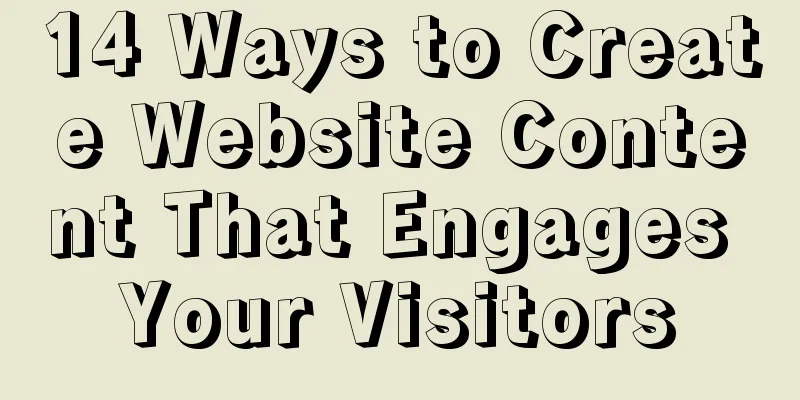
|
When I surf the Net, I often see web sites filled with beautiful graphics that strive to capture my attention. Well, they do so for an instant, however I click away when I don't immediately find relevant content. The content you add to your web site needs to attract both visitors and search engines. When surfing the Internet, I often see certain websites filled with beautiful pictures in an attempt to attract people's attention. Of course, websites use icons for user convenience, but if I can’t immediately find the relevant content I’m looking for, I’ll click elsewhere to find what I need. Your website content should appeal to both visitors and search engines. Part I - How to add content to your web site to attract visitors Part 1 - How to make your website content attractive to visitors. Part 11 - How to add content to your web site to attract the search engines Part 2 - How to make your website content attractive to search engines. 14 ways to add content to your web site and attract visitors 14 Ways to Make Your Website Content Engaging for Visitors 1. Get into the mind of your visitor. Brainstorm all the ways your visitor would think of your product. Write your content as if you are sitting next to him/her explaining your product. Don't write in the 3rd person ie we, they, but use I, you, or your. This makes it more personal. Approach the visitor. Rack your brain to think of everything your visitors might think about your product. Your product-related website content should convey such an effect that after reading it, the visitor feels as if you were sitting next to him or her and introducing the product in person. Avoid plural pronouns like "we" or "they," and try using "I," "you," or "your." This will make visitors feel more friendly and less distant. 2. Keep it simple - write as if explaining your web site material to a 7th grader (12-13 year old). Don't use complicated words that people would have to look up in the dictionary. You want them to understand clearly what your site is about. Keep it simple - write as if your website content is written for 7th graders (12-13 year olds). Don't use complicated words that people have to look up in a dictionary to understand. After all, you want people to have a clear understanding of your website. 3. Convey emotion - people on the Web are often in a great hurry, so you need to appeal to their emotions to stop them clicking away to the next site. Use stories, convey your experiences or include testimonies from others. This adds to your credibility and trust, 2 essential factors for doing business online. Convey emotion – People online are often in a hurry, so you have to capture their interest or an emotion that keeps them from clicking away to a new page. You can use stories, personal experiences, or stories told by others. This will increase your site's credibility and trustworthiness, two important factors in online transactions. 4. Communicate quickly and efficiently - people online tend to scan rather than read everything on the page. Therefore use single lines of text for your headings and sub headings. Catch your visitor's eye with lists, bullet points and use short, snappy, active (not passive) words in your sentences. Your paragraphs should only consist of 2-5 sentences. Long paragraphs make it hard to read (scan) your page quickly. Communication is fast and efficient – People online always prefer to quickly scan everything on a page rather than reading it carefully. Therefore, it is best to have only one line of text for the title and subtitle. The use of emphasis symbols, the use of lists, short sentences, direct sentences, and active voice can all attract visitors. Paragraphs should preferably contain only 2 to 5 sentences. Long paragraphs make it difficult for users to quickly scan your page. 5. Create white space - the layout of your web page should include plenty of white space. Don't lean text hard up against your graphics. Include white space between headings, sub headings and paragraphs. Leave some white space – Web pages should be designed with plenty of white space. Don't put text right around the chart; leave some space. Also, leave space between titles, subtitles, and paragraphs. 6. Use graphics sparingly - you have heard it said, "a picture is worth a 1000 words." That's true but only if the picture supports your content. Don't overdo the graphics. You may impress your visitors initially, however to keep them interested in your site, you need high quality content. Use graphics appropriately – You may have heard the saying, “A picture is worth a thousand words.” But this is only true if the graphics you use are relevant to what you are trying to say. Do not abuse images. Perhaps the initial goal of a website is to attract visitors and leave a lasting impression on them. However, if you want to keep them interested in your website, your website content must be of high quality. 7. Create high quality content - make clear points with each paragraph you write. Each paragraph should build on the previous one, so that you are pulling your visitor through your page naturally. You are trying to pre sell the product or service to your visitor. This puts them in a natural frame of mind to buy (unlike many sites which may just have pictures of the products and a shopping cart). Have high-quality website content – Each paragraph should make a clear point. The paragraphs are connected to each other so that visitors can read the content of the web page step by step. If you are planning to sell products or services to your visitors, the gradual effect just mentioned will make users naturally think about buying. (Unlike some websites that only have pictures of products or shopping carts, which are unlikely to be effective). 8. Web page background - a colorful or busy background can make your text hard to read and may give the impression of an inexperienced webmaster. If you do use a background image make sure it complements your site's theme, fits with your visitors experience and will increase your credibility. Page background - A page background color that is too fancy or busy will make your text content difficult to read and make people think that the website owner is an inexperienced novice. If you do use a background image, make sure it fits the theme of your site, suits your visitors, and adds credibility to your site. 9. Use the correct fonts - the offline world primarily uses "Times New Roman". This works well in print but not online. Sans Serif fonts, such as Arial, Verdana and Helvetica are the best fonts for easy online scanning. Use the right font - The font used for non-web text is mainly "Times New Roman", which works very well for printed text, but is not good for displaying web content. "Sans Seri" fonts like Arial, Verdana and Helvetica are all very suitable fonts for easy scanning. 10. Font colors - the best colors for reading online are black text on a white or off-white background. If you want to use multiple colors only use a maximum of 3. Too many text colors on a web page make it hard on the eyes and spell inexperience. To emphasize text you can use the bold tag (this text will appear bold) or italic tag (this text will appear in italics). Font Color – The best color combination for online reading is black text on a white background. If you want your font to have multiple colors, don't use more than 3 colors. Too many colors in web page text can cause visual reading difficulties and poor spelling. To make text stand out you can use bold (these words appear in bold) or italics (these words appear in italics). 11. Check spelling and grammar - run your page through spell check in your word processor. It won't pick up all the mistakes, so make sure you read it through yourself to find other errors. Spelling and grammar mistakes convey an unprofessional impression. Check spelling and grammar - Use a word processor to check the spelling of the words on the page. Of course, it may not be possible to detect all errors, so you should read it again yourself to check for other errors. Spelling and grammatical errors can give people an "unprofessional" impression. 12. Simple navigation - the main purpose of the navigation bar is to make it easy for your visitor to find his way around your site. Place your navigation bar on the left side or top of your page (or both). Repeat the bar at the bottom of the page so your visitor does not have to scroll back up to move on to another section. Simple navigation system – The main purpose of a navigation bar is to make it easy for users to find their destination on your website. Place the navigation bar on the left side or top of the page (or both). Try to display a navigation bar at the bottom of each page so that users don't have to scroll back to the top of the page to use the navigation bar to access other sections. 13. Get a critique - don't fall in love with your writing and leave it there. Yes, it's hard to listen to someone criticizing your beautiful piece of work, but swallow your pride and get your friends or family members to do a review of your web page. This will help you to refine what you have written and make it appeal to a wider audience. Listen to other people's comments - don't get happy with what you've written and then forget about it. It is indeed unbearable to listen to others criticizing your work, which you think is good, but please put away your pride and at least let your friends and family browse your website first. In this way, the content you write can be optimized and recognized by more visitors. 14. Use specific keywords - weave targeted keywords into your web page as you write your web page content. I'll cover "How to Write for the Search Engines" in Part II of this article. Use Keywords – When writing web page content, include a set of keywords. I’ll talk about how to write keywords in the second part of this article. |
<<: An example of using CSS methodologies to achieve modularity
>>: JavaScript event capture bubbling and capture details
Recommend
Navicat for MySQL 11 Registration Code\Activation Code Summary
Recommended reading: Navicat12.1 series cracking ...
Win10 + Ubuntu 16.04 dual system perfect installation tutorial [detailed]
Be sure to remember to back up your data, it is p...
10 bad habits to avoid in Docker container applications
There is no doubt that containers have become an ...
Steps to repair grub.cfg file corruption in Linux system
Table of contents 1. Introduction to grub.cfg fil...
Tutorial on installing nginx in Linux environment
Table of contents 1. Install the required environ...
10 Website Usability Tips Everyone Should Know
Let’s not waste any more time and get straight to...
Two ways to remove the 30-second ad code from Youku video
I believe everyone has had this feeling: watching ...
Summary of commonly used operators and functions in MySQL
Let’s build the data table first. use test; creat...
Detailed explanation of Javascript basics
Table of contents variable Data Types Extension P...
How to View All Running Processes in Linux
You can use the ps command. It can display releva...
Implementing custom scroll bar with native js
This article example shares the specific code of ...
How to make React components full screen
introduce This article is based on React + antd t...
Detailed explanation of Angular data binding and its implementation
Table of contents Preface What is data binding? T...
Tips for turning pixels into comprehensive brand experiences
Editor: This article discusses the role that inte...
How to set Tomcat as an automatically started service? The quickest way
Set Tomcat to automatically start the service: I ...
